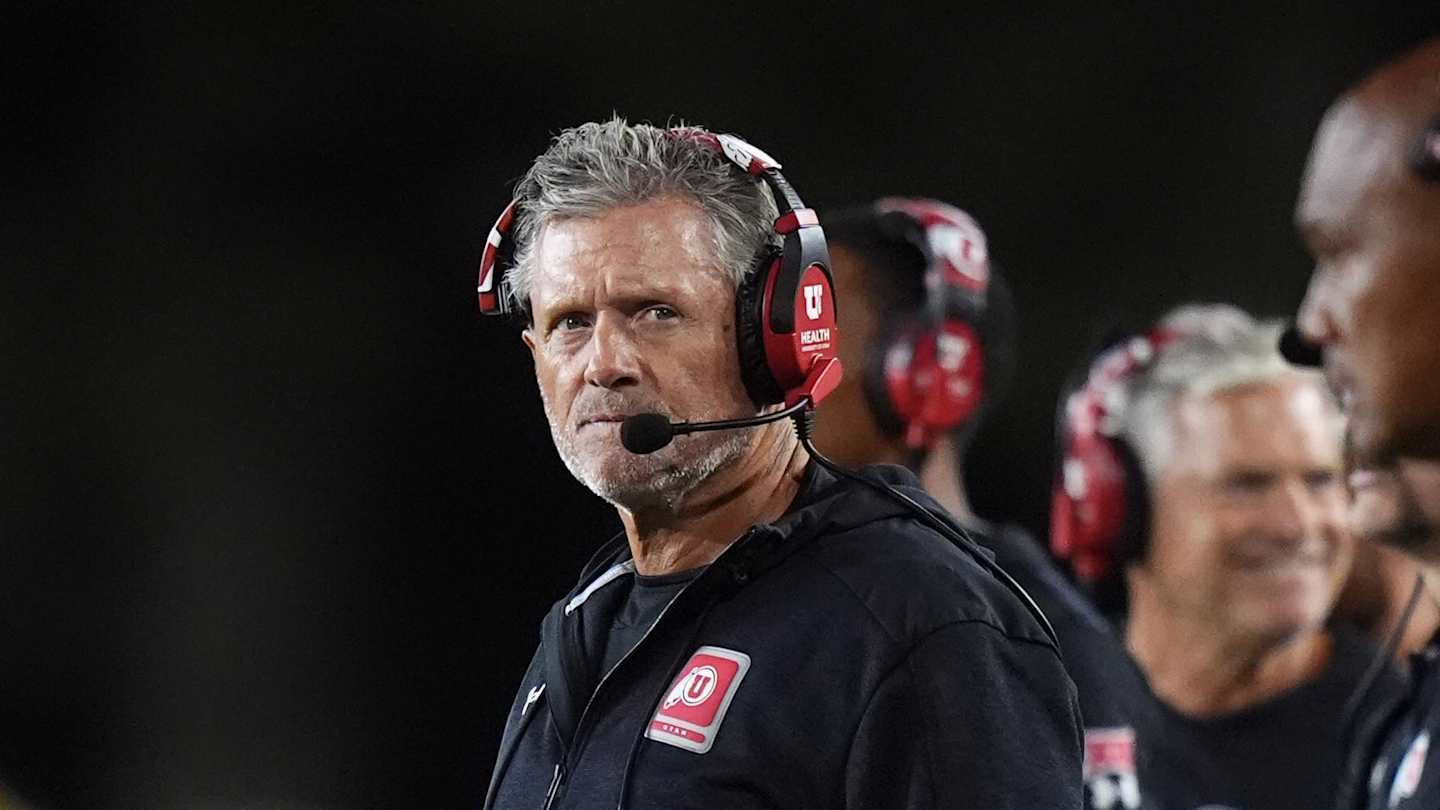There wasn’t one thing that prompted Jasmine Roth to pack up her family – along with her business and her HGTV home-renovation series – and move from Southern California to Utah.
There wasn’t one thing that prompted Jasmine Roth to pack up her family – along with her business and her HGTV home-renovation series – and move from Southern California to Utah.
Roth and her husband, Brett, got married in Utah and bought a second house in Park City in 2015. “We’re big snowboarders,” she told The Salt Lake Tribune. “Every year, it felt like we just spent more and more time here, to the point where we were, like, ‘We should probably move.'”
The Roths moved to Park City about a year ago, when Jasmine was 8 months pregnant with their second child, Darla. Shortly after Darla was born, and as their older child, Hazel, was starting kindergarten, Jasmine Roth started filming the fifth season of her show, “Help! I Wrecked My House!” The show airs Wednesdays at 8 p.m. Eastern (6 p.m. Mountain on DirecTV and Dish; 9 p.m. Mountain on Comcast); Season 5 debuted on Sept. 24.
The series centers on Roth’s work as a designer and home builder. The clients featured on the show are homeowners who have attempted do-it-yourself projects that were meant to improve their lives but instead made things worse.
“Somebody has wrecked their house, and usually it’s by doing something that they thought they could do, but they can’t,” Roth said. “We all see these projects and we’re like, ‘Oh, we can do that.’ … We’ve all been there. We try to even hang a picture on our wall and it goes awry. We’re like, ‘Oh, my gosh, how has this gone so wrong?'”
Roth’s clients, she said, “really have good intentions. They’re just trying to navigate what is a really hard part of most of our adult lives, and that’s home ownership.”
Sometimes homeowners suffer from overconfidence, she said. “On social media, things seem so much easier than they actually are,” she said. “You watch a 15-, 30-second clip on social media and you’re, like, ‘Oh, I can do that.’ Then you go to do it, and it is not easy.” (She clarified that she believes HGTV “tries really hard not to do this,” and presents a more realistic picture of what home renovation requires.)
“We’re in this era where there’s so much information, there’s so many ideas,” Roth said. “You see so many other people doing what you think you could also do, not realizing the amount of work it takes behind the scenes.”
Many clients, Roth said, go the do-it-yourself route because of the cost of construction and home renovation – which she said she has watched rise over the four previous seasons of the show (plus two seasons on her former series, “Hidden Potential”).
Roth said she and her team are “constantly having to stretch the dollar further than we ever thought we could. Not only do we need to do the electrical and the plumbing and the framing and the drywall and paint and all these things you have to do but don’t really want to spend money on, we have to make it beautiful and custom and unique.”
Moving to Utah meant starting fresh with her home design and renovation business. Early episodes of the season show Roth trying out contractors who can carry out her designs, and shopping around for a business space to serve as her company’s showroom and office.
Finding a good contractor often comes down to word of mouth, Roth said. She hired one contractor off the recommendation of a nurse she met while being monitored late in her pregnancy.
“She was, like, ‘Oh my gosh, I have somebody for you,'” Roth recalled. The nurse knew this contractor from high school, and he built her kitchen. The nurse wrote the contractor’s number on a scrap of paper, which Roth said she put in her purse and forgot about.
Months later, after giving birth to Darla, “I’m like, ‘Oh, that scrap of paper.’ I find it in my purse and I call [the contractor]. Sure enough, we were a match made in heaven, and we did a bunch of projects together.”
Being a builder in Utah has meant tackling conditions Roth didn’t have to deal with in Southern California.
“The way houses are built here is different, and that’s fine,” she said. “In Southern California, we don’t have snow, so building for cold weather has been a challenge and a learning curve for me.”
For example, mud rooms. In Utah, she said, “it’s a real thing – you need somewhere you can take your boots off and hang your coats, and things that I haven’t dealt with in Southern California. But I love the challenge.”
The biggest culture shock Roth said she’s encountered in Utah is how much people, particularly in Park City, spend outside.
“California has arguably perfect weather, and people are outside – but not like they are here,” Roth said. “Everybody’s outside all the time … You almost feel bad if you’re sitting inside. It’s like, ‘OK, I just need to get outside. I need to go for a hike. I need to go for a bike ride, I need to go to the park.’ It’s been good for our family … Just the fresh air and big spaces have been really good for myself and my husband and our girls.”
This story was produced by The Salt Lake Tribune and reviewed and distributed by Stacker.
© Stacker Media, LLC.
This story was originally published October 31, 2025 at 6:00 AM.
Source: Utah News














